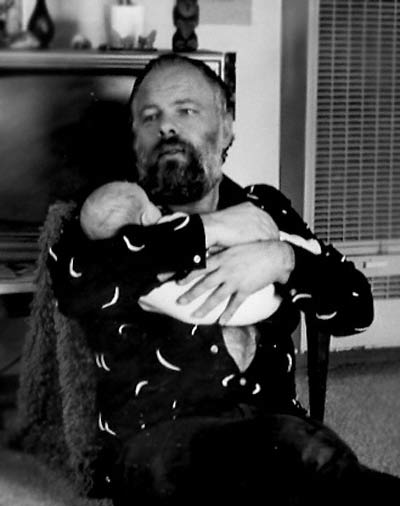E.O. Wilson has a bold plan for staving off a mass extinction of life on Earth: radical biodiversity ensured by demarcation. The evolutionary biologist wants humans to “rope off” half the planet for non-human species. Tony Hiss, the longtime New Yorker writer who did some wonderful work for that publication (like this and this) has an article in Smithsonian about Wilson’s bold proposal. An excerpt:
Throughout the 544 million or so years since hard-shelled animals first appeared, there has been a slow increase in the number of plants and animals on the planet, despite five mass extinction events. The high point of biodiversity likely coincided with the moment modern humans left Africa and spread out across the globe 60,000 years ago. As people arrived, other species faltered and vanished, slowly at first and now with such acceleration that Wilson talks of a coming “biological holocaust,” the sixth mass extinction event, the only one caused not by some cataclysm but by a single species—us.
Wilson recently calculated that the only way humanity could stave off a mass extinction crisis, as devastating as the one that killed the dinosaurs 65 million years ago, would be to set aside half the planet as permanently protected areas for the ten million other species. “Half Earth,” in other words, as I began calling it—half for us, half for them. A version of this idea has been in circulation among conservationists for some time.
“It’s been in my mind for years,” Wilson told me, ‘that people haven’t been thinking big enough—even conservationists. Half Earth is the goal, but it’s how we get there, and whether we can come up with a system of wild landscapes we can hang onto. I see a chain of uninterrupted corridors forming, with twists and turns, some of them opening up to become wide enough to accommodate national biodiversity parks, a new kind of park that won’t let species vanish.”•




